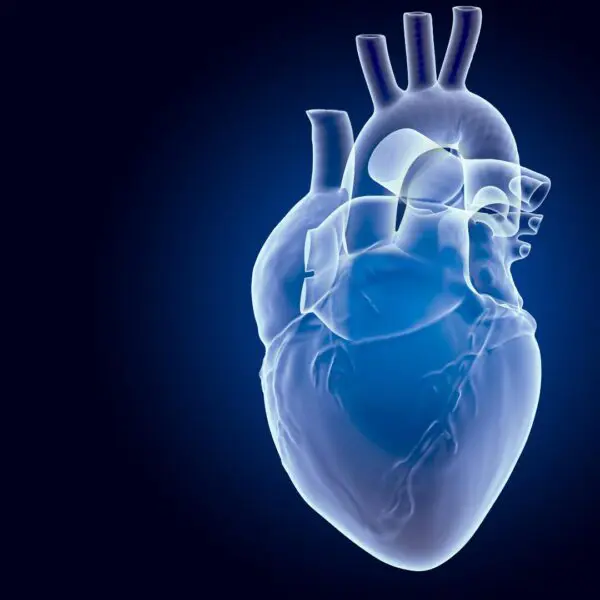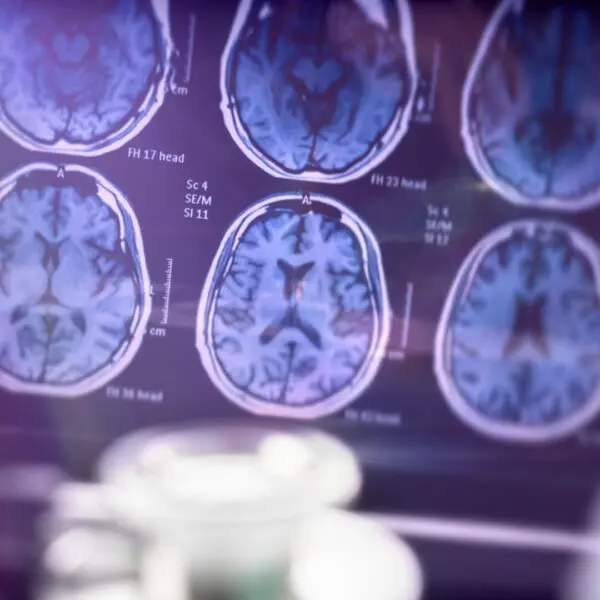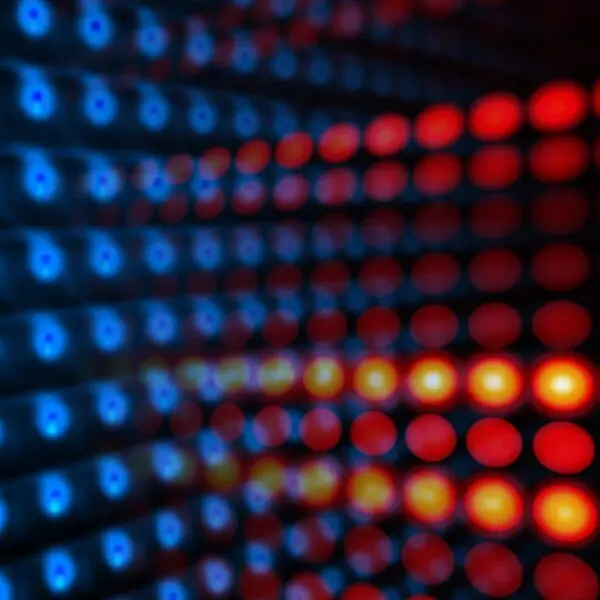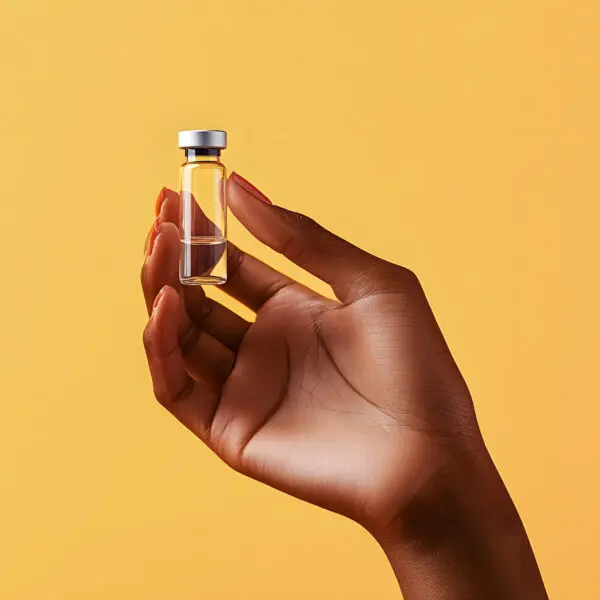A recent study investigated whether exposure to red light at 670 nm wavelength (PhotoBioModulation or PBM) could influence blood glucose levels in healthy human subjects. On two separate visits, 30 participants underwent an oral glucose tolerance test (OGTT). During one visit, they received 15 minutes of 670nm light exposure before the OGTT, while on the other visit, they received no light exposure (placebo control). Blood glucose levels and exhaled CO2 were measured at intervals for 2 hours after glucose ingestion.
Compared to placebo, 670nm light exposure significantly reduced blood glucose levels, with a 7.3% lower total glucose concentration and a 27.7% reduction in the post-glucose consumption rise in glucose. The 670nm light also decreased the peak glucose level by 12.1% compared to placebo. In paired analysis within the PBM group, the light exposure reduced peak glucose by 7.5% and total glucose concentration by 7.9% compared to their control tests.
The PBM exposure increased exhaled CO2 compared to control tests, indicating possible increased glucose oxidation. The results suggest that 670nm light exposure can reduce glucose spikes after meals, which may benefit blood glucose regulation.
How This Works
There are a few pathways by which 670nm light exposure could lower blood glucose levels. The red light is absorbed by cytochrome c oxidase in the mitochondrial electron transport chain. This increases mitochondrial membrane potential and ATP production. Higher ATP production, in turn, increases the demand for glucose to provide more cellular fuel. This increased glucose utilization could account for the lower blood glucose levels. The light may also improve the efficiency of ATP synthase enzymes by altering water viscosity, further increasing ATP generation. Improved mitochondrial ATP production has been shown to increase oxygen consumption and metabolic activity. Light exposure enhances the activity of ATP-dependent membrane pumps that consume substantial energy by improving mitochondrial function. The light has systemic effects, potentially mediated by changes in cytokine signaling that occur after the local light exposure. Alternate explanations propose that light may impact circulating cell-free mitochondria in the bloodstream or that enhanced mitochondrial function in one region causes adaptations in other organs. Further research is still needed to clarify the pathways involved. But this is an intriguing finding.
Further Thoughts on This Study
The article does not specify which cytokine signaling pathways the 670nm light exposure induces. However, based on current research, we can speculate on some possibilities. Increased ATP production and reactive oxygen species (ROS) generation by mitochondria could trigger increased expression of inflammatory cytokines like IL-1, IL-6, TNF-alpha, and IL-17. Improved mitochondrial function may reduce inflammation, potentially decreasing cytokines like IL-1, IL-6, and TNF-alpha while increasing anti-inflammatory cytokines like IL-10. The light exposure could induce the release of growth factors and cytokines that stimulate cell proliferation and survival, like IGF-1, FGF, HGF, and TGF-beta. There may be increased circulating levels of chemokines like MCP-1 that recruit immune cells or changes in adipokines secreted by fat tissue such as leptin, adiponectin, and resistin. Photobiomodulation has been linked to increased antioxidant activity, which could alter redox signaling involved in cytokine production. The light may impact neurotransmitter release in the brain (serotonin, dopamine, acetylcholine), which regulates immune responses and cytokine release. Changes in sympathetic/parasympathetic nervous system balance due to light exposure may influence cytokine signaling pathways.
Taking things one step further, how about methylene blue and the red light bed? Methylene blue provides an alternative electron transfer pathway to the electron transport chain. It can receive electrons from NADH in the presence of complex I and donate them to cytochrome c, bypassing specific chain components. This alternative pathway enhances mitochondrial oxidative phosphorylation, increases oxygen consumption, decreases glycolysis, and boosts glucose uptake.
The bottom line is I don’t think we need to be worried clinically about lowering the glucose too much with red light therapy, but it is something to keep in mind and another benefit for our patients.
For additional reading on the benefits of red light therapy, enjoy these blog posts:
How Infrared Sauna and Red Light Therapy Create Powerful Healing Effects When Combined














